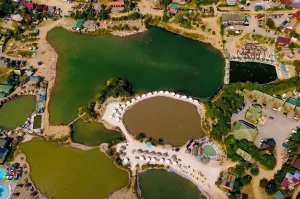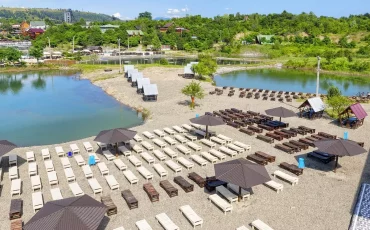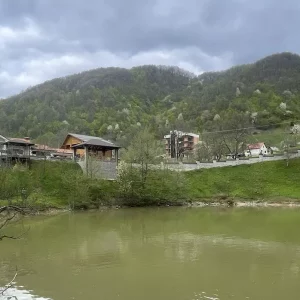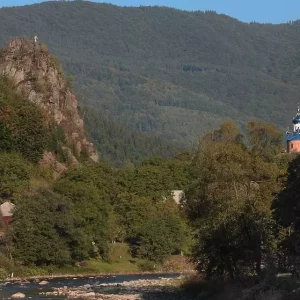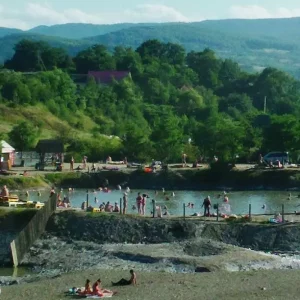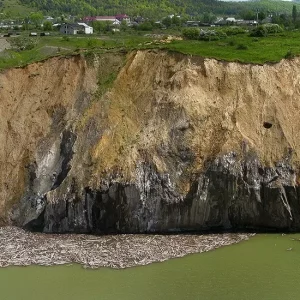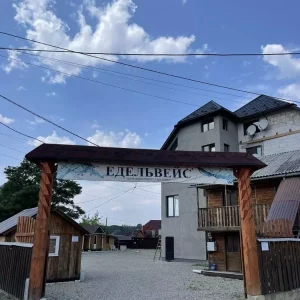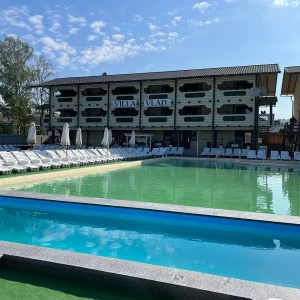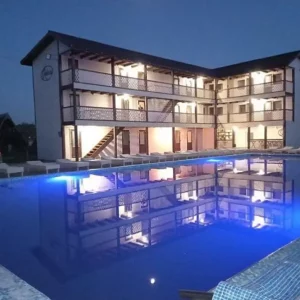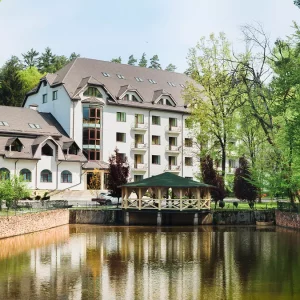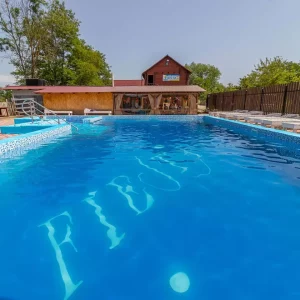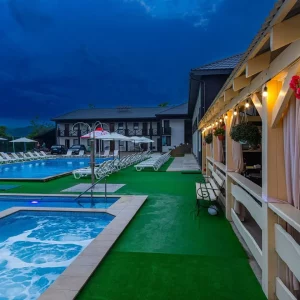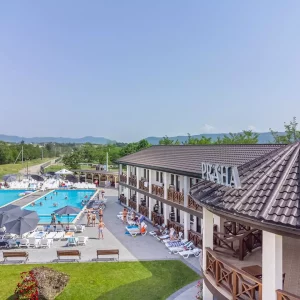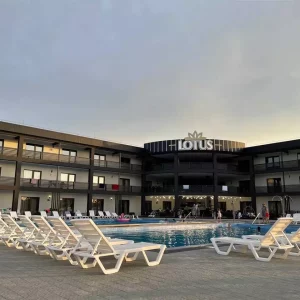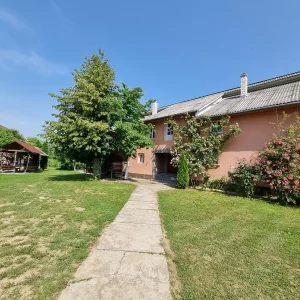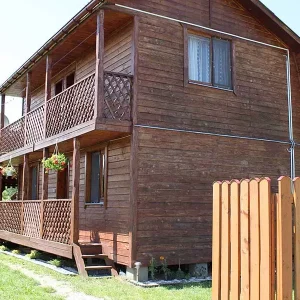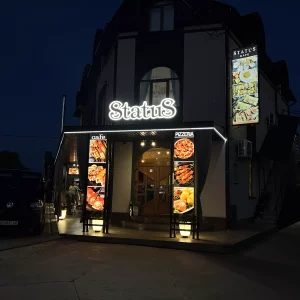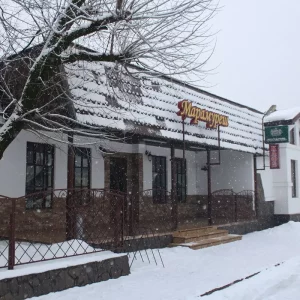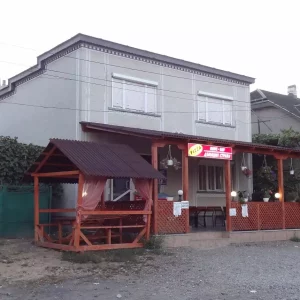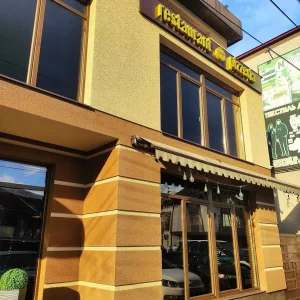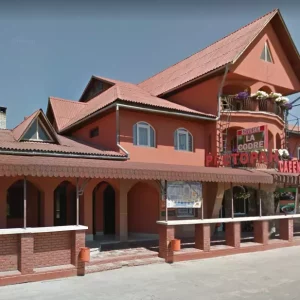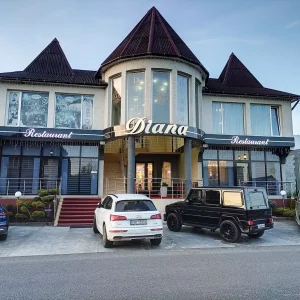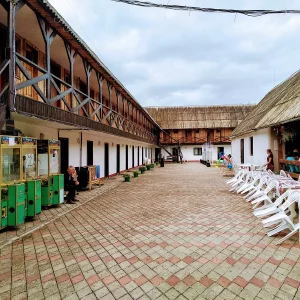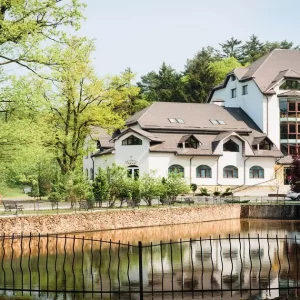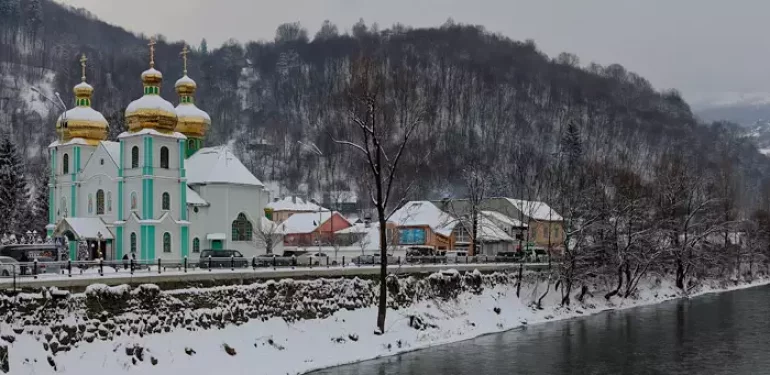Solotvyno has a very long history. Until 1945, there were two villages on the site of the modern village of Solotvyno in the Transcarpathian region. One of them was mentioned in the sources under the names Slatina, Zlatina and Faluslatina, and the other – Slatinsky Doly and Aknaslatina. They appeared in the distant thirteenth century. Thus, throughout its long history, Solotvyno has changed its name several times. All of them are somehow connected with Solotvyno’s main wealth – salt. Thus, Zlatina means salt water in Romanian. For centuries, it has been a strategically important place because of its large salt deposits. In ancient times, salt was very valuable, it was even called white gold.
In the II-IV centuries AD, the Romans owned salt mines in modern Solotvyno. However, salt mines appeared here even earlier – approximately in the ninth century B.C. All this is confirmed by archaeological research, and the remains of the oldest salt mining sites, the Gortsy salt mine, are classified as archaeological monuments.
However, the first information about Solotvyno was recorded in written sources much later – in 1359. It was in that year that Solotvyno, together with neighbouring Romanian villages, became the property of the Dragos family from Bedeu (the then name of the modern Transcarpathian village of Bedevlya).
Over the course of its history, Solotvyno itself has repeatedly changed its feudal lords. However, the salt mines themselves were owned for centuries by monarchs, first Hungarian and later Austrian. In the Middle Ages, salt was as valuable as gold. A special trade route was set up in Transcarpathia to transport salt to Central and Western Europe. The entire so-called “Salt Route” was equipped with a network of defensive fortifications and castles. The Hungarian kings settled German colonists from Saxony in these places, who organised the work of salt mines. The Germans called Solotvyno Salzgruben. The mines were mostly staffed by local peasants. Labour at the mines was so hard that criminals sentenced to hard labour had to be involved in the most difficult work. Very often, local workers staged strikes and uprisings against inhumane working conditions.
After the Kurucs’ uprising in 1703-1711, Solotvyno was finally transferred to the Austrian Habsburg Empire. During their reign, salt production intensified significantly, which was facilitated by the construction of deep mines. In the second half of the eighteenth century, Solotvyno began commercial salt production.
In Soviet times, salt production was significantly intensified. It grew every year. In the 1980s, up to 1 million tonnes of salt were extracted annually.
Solotvyno salt is very valuable. The fact is that it is very pure. It has a purity level of 90-95%, which is one of the best in the world.
Since 1968, Solotvyno salt mines have been actively used for the prevention and treatment of respiratory diseases. For this purpose, the allergy section of the Solotvyno town hospital was opened. Treatment procedures in salt mines are particularly effective for patients with bronchial asthma. The effectiveness of such treatment ranges from 80 to 95%. It is no surprise that Solotvyno has become known all over the world thanks to the healing air of the salt mines. A huge number of people have been able to improve their health here.
Intensive salt extraction led to the development of karst processes and the appearance of the first artificial salt lakes. Thus, in 1902, the first and largest salt lake, Kunigunda, appeared in Solotvyno. According to legend, the name of the lake comes from the wife of Kyiv Prince Yaropolk, who loved to relax in the midst of the magical nature of these places.
A more probable version of the lake’s name is that it comes from the name Kunigunda, which is derived from the 13th-century Catholic saint Kunigunda (Kunikunda) of Hungary (Saint Kinga), who was the daughter of Hungarian King Bela IV and the wife of Polish Prince Bolesław V.
The salt lakes were almost immediately used for recreational purposes.
However, karst processes, in addition to the positive effects of healing lakes, have also had negative consequences. Karst processes intensified in the 2000s and led to the flooding of mines and the cessation of salt production. The main reason for this is the catastrophic floods of 1995-1996 and 2001.
Nowadays, Solotvyno is developing primarily thanks to tourists who improve their health in the local salt lakes. Although, after the temporary occupation of salt mines in eastern Ukraine, the issue of reviving full-fledged salt production in Solotvyno is being considered. The local salt reserves are estimated at 135 million tonnes, which should be enough for the whole of Ukraine for more than 200 years. The mines are planned to be restored with the simultaneous revival of the underground departments of the Allergic Hospital.
